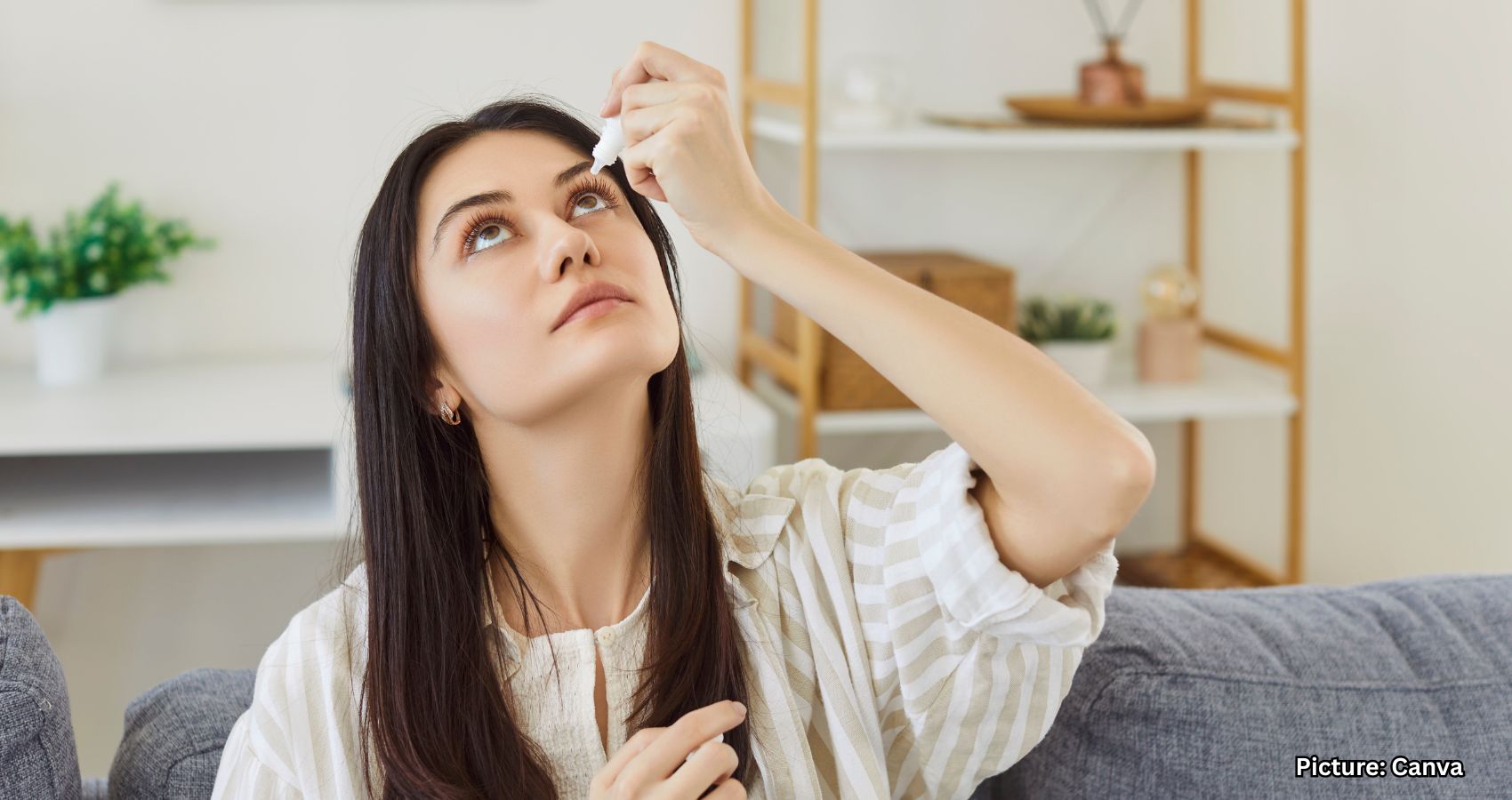New research indicates that specially formulated eye drops may provide an effective alternative to reading glasses for individuals experiencing age-related vision loss.
As individuals age, many encounter presbyopia, a condition characterized by age-related farsightedness that complicates close-up tasks such as reading. Traditionally, reading glasses have been the go-to solution for this common issue. However, recent research suggests that a new option may soon be available.
Scientists have discovered that specially formulated eye drops could potentially restore near vision for a significant number of patients, offering a non-surgical and glasses-free approach to managing age-related vision loss. This study, which involved 766 participants primarily in their mid-50s, was presented on September 14 at the 43rd Congress of the European Society of Cataract and Refractive Surgeons held in Denmark.
Instead of relying on glasses, researchers administered eye drops containing pilocarpine, a medication that aids in adjusting the eye’s focus, combined with diclofenac, a mild anti-inflammatory intended to enhance patient comfort during treatment. Dr. Giovanna Benozzi, the director of the Center for Advanced Research for Presbyopia in Buenos Aires, Argentina, emphasized the importance of this research, citing a significant unmet medical need in managing presbyopia.
“Current solutions, such as reading glasses or surgical interventions, have limitations, including inconvenience, social discomfort, and potential risks or complications,” Dr. Benozzi stated in a press release.
Participants in the study were instructed to apply the eye drops twice daily—once in the morning and again approximately six hours later, with the option of a third dose if necessary. Their near vision was assessed using small-print eye charts over a two-year period.
Remarkably, within an hour of the initial dose, patients demonstrated a notable improvement in their ability to read lines on the near-vision chart. In the lowest concentration of the drops, nearly all participants could read at least two additional lines, while those using stronger formulations were able to read three or more lines. After one year of consistent use, over 80% of patients continued to experience improved near vision without the need for glasses, with many enjoying these benefits for well over a year.
Side effects reported were relatively minor. Approximately one-third of participants experienced brief dimming of vision, while a smaller group noted mild irritation or headaches. Importantly, none of the patients discontinued the use of the drops due to these temporary and manageable side effects.
Dr. Benozzi clarified that while this treatment is not intended to replace surgical options for those seeking a permanent solution, it does offer a non-invasive alternative that could alleviate the need for constant reliance on reading glasses. “This gives patients flexibility and could spare many from having to constantly reach for their reading glasses,” she added.
Despite the promising results, experts caution that further research is necessary before these eye drops can be widely adopted. The study was conducted at a single center, raising questions about the generalizability of the findings across diverse populations.
While pilocarpine has been utilized in various eye treatments for decades, concerns remain regarding the long-term daily use of the drops. Potential side effects, such as diminished night vision or, in rare instances, more serious retinal complications, warrant careful consideration. Additionally, extended use of diclofenac may pose risks to the ocular surface, an area that requires further investigation.
External researchers acknowledge the encouraging nature of the findings but emphasize the need for larger, multi-center clinical trials with extended follow-up periods to validate the results.
Source: Original article

